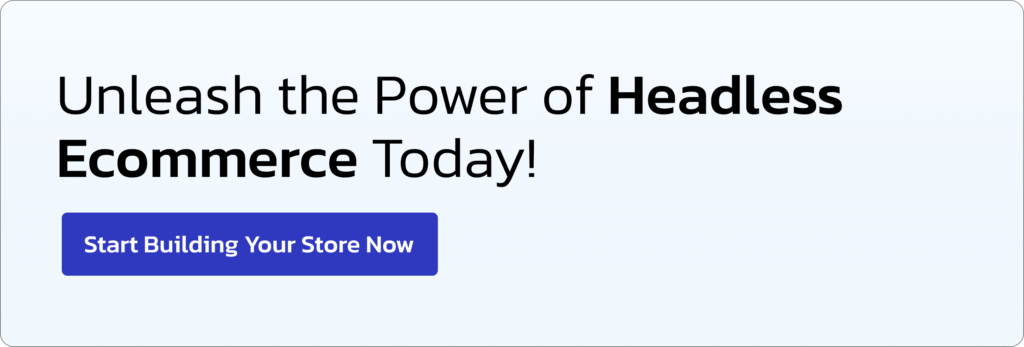
Top 5 Factors To Create an Ecommerce Marketplace Model In 2023
By | Posted on December 9, 2020


Haribabu

Looking for
Scalable Headless eCommerce Solution
[desktop_player]
- 100% Customizable
- 1000+ Features
- Any Hosting Options
- 20+ Free Themes
- 100+ API Integrations
- 100% SEO Friendly
[mobile_player]
